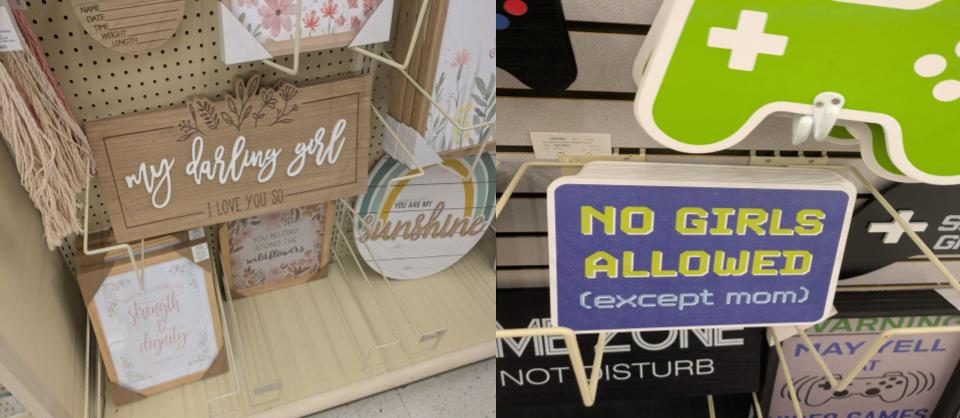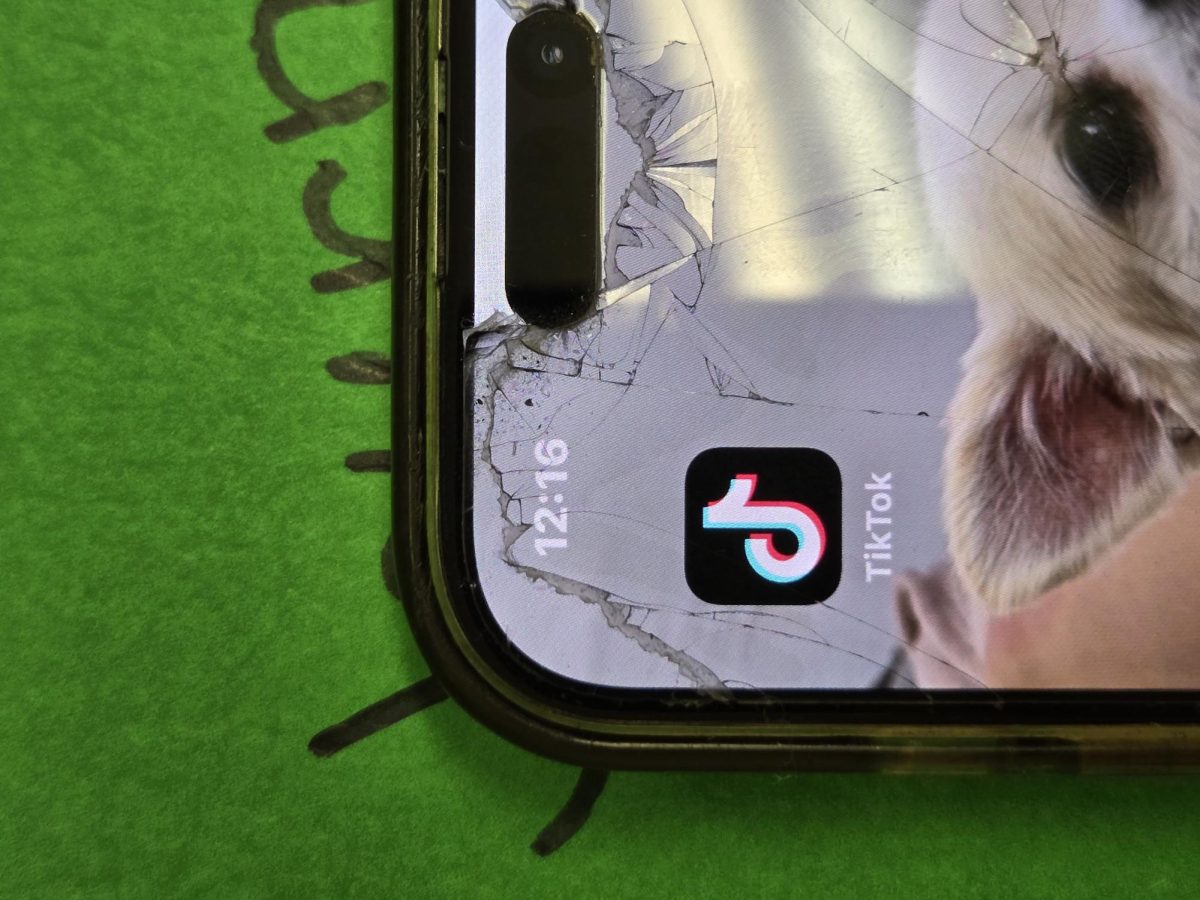February 14th, is the day of love, or so they say. While most people want a day to celebrate the ones they love, others question if Valentine’s Day has become too commercialized. It may also surprise people to learn that the day of hearts and roses has a very dark history and that it has never actually been named an official holiday in the United States (Hilton and Anderson). In an NPR article, The Dark Origins of Valentine’s, the history of St. Valentine’s Day is ambiguous but can be traced back at least as far as the Roman Empire.
“From Feb. 13 to 15, the Romans celebrated the feast of Lupercalia. The men sacrificed a goat and a dog, then whipped women with the hides of the animals they had just slain” (Seipet).

Thank Cupid that times have changed. Today the holiday is perfect for people to express love either through self love, romantic love, or family and friendship.
“Many people enjoy celebrating this holiday because it makes them feel good. They may like showing affection and making their significant other feel loved. Likewise, lots of people enjoy being reminded of how special they are to another person. Some people just like any reason to have a good time and will celebrate no matter the occasion,” according to the article, What is Valentines Day and Why Does it Really Matter?
By expressing love for others, people find that they tend to have healthier, more stable relationships. In fact, there is a scientific reason for this and it is known as the halo effect.

“When we meet someone cute at a concert or coffee shop, our brains release a cascade of chemicals called neurotransmitters . . . the halo effect can make us love everything about someone, even if we barely know them. When couples recall the start of their relationship as love at first sight, it could be because they felt the halo effect from the moment they met,” according to Erin Venza, a researcher at the University of Texas at Dallas’ Center for BrainHealth.
Not everyone feels the love for Valentine’s Day. All that pressure on relationships during Valentine’s Day can actually harm relationships, even leading to breakups, according to the article Why Valentine’s Day is the Worst. Furthermore, Ann Schmit, the author, claims that many couples tend to break up after Valentine’s Day.
“All the gifts, flowers, candies, and expensive meals add up and at the end of it all, you’re often left feeling the holiday didn’t live up to your high expectations,” Schmit said.
There is also the financial side of showing one’s love to consider. Valentine’s Day is reportedly the biggest consumer day after Christmas.
“Each American is expected to spend $162 on average. Products that are expected to be bought the most are candy, greeting cards, flowers, evening out, jewelry, clothing, and gift cards,” stated Valerie McNamara in the article The Economy Loves Valentine’s Day.
“Valentine’s Day is so difficult not because it makes love a commodity but because it presents us with the challenge of looking at the richness, or lack thereof, of our romantic lives. When people say, ‘I hate Valentine’s Day,’ what they often mean is, ‘I hate being forced to take inventory of the quality and volume of love in my life,” Alana Massey wrote in a New York Times article, A Festival of Love or a Giant Scam?

There are many ways to express affection to loved ones that won’t break the bank. Homemade cards, cooking a favorite meal, or just reminding someone they are loved can be enough. William Shakespeare mentioned St. Valentine’s Day in the play, Hamlet, and seemed to have suggested keeping it simple.
“I know no ways to mince it in love, but directly to say, “I love you.”








